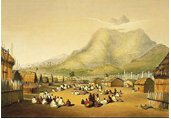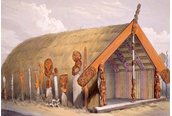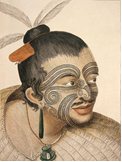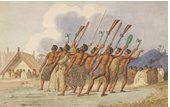Maori culture
MythologyLike many Indigenous peoples, gods and legends are an integral part of Maori culture. There is a strong sense of whakapapa, or family links in the hierarchy of gods. Compare Aboriginal Dreaming stories with Maori mythology. Both are trying to give meaning to the natural world. Use this template for comparison. Architecture
|
|
||||||||||||




